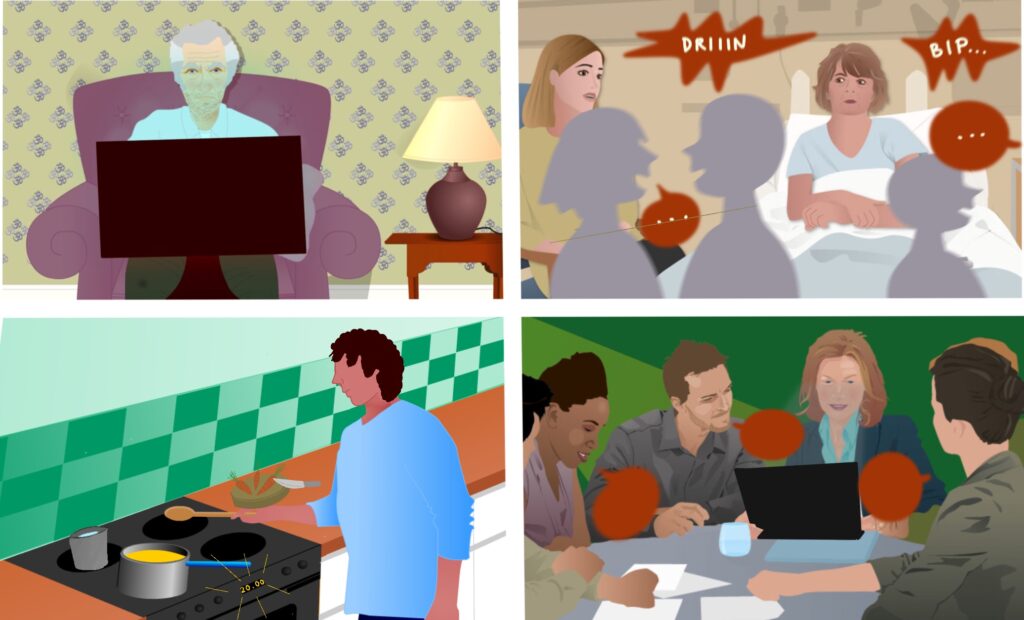Attention is the ability focus on certain aspects of an environment that a person considers important or interesting. Attention is not considered to be a unitary function rather it is composed of several different processes. (Purves et al, 2008).
Attention is at the foundation of all cognitive skills. If you are unable to attend to information, you will not be able to process any information. You will not, then, remember anything and, therefore, you will not know what to do with the information.
There are different types/levels of attention:
These examples are only a basic sample and not an exhaustive list.

Sustained attention: Often referred to as concentration. This refers to maintaining focused attention over a period of time. This is essential as it allows us to extract information from a stimulus.
Everyday example: example if they are watching a tv programme they may need to turn it off after 5 minutes because they can’t maintain the required focus.
Selective attention: Being able to pick out the important stimulus to attend to and ignore irrelevant distractions.
An everyday example: It might be very difficult for someone to have a conversation in a noisy area if they are having difficulties with selective attention as they will not be able to filter out the noise to focus their attention.
Alternating attention: This is the ability to switch the focus of attention between two or more stimuli in a controlled, smooth and rapid manner.
An everyday example: If a person with poor alternating attention is trying to do something on their computer such as looking up social media pages or writing an email and they get interrupted by someone asking them a question they will find it very difficult to move their focus from the computer to the person asking the question and will also struggle with then refocusing on the task they were doing on the computer.
Divided attention: This is the ability to split sustained attention between two or more stimuli simultaneously.
An everyday example: At a very basic level someone who cannot divide their attention would not be able to walk and talk at the same time
At a higher level if a person has difficulty with divided attention they find it difficult to multi-task – cooking a meal could be very challenging, trying to monitor the timing of something in the oven while at the same time preparing some vegetables and setting the table.
Page last reviewed: 15 Jul 2022


